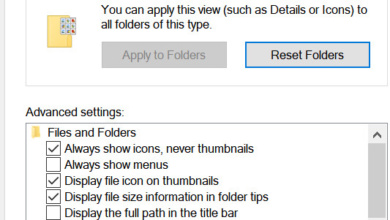How to Enable/Disable the Pane Features in File Explorer?
The File Explorer has different pane features that help the users to view and navigate easily through files. The Preview pane and Details pane will show the information of the file on the left side of the File Explorer. It can be useful for the users who always check the details of the files and folders through the properties option. These two panes are disabled by default in the Windows 10 operating system. The Navigation pane is enabled and it can be seen on the right side of the File Explorer. However, the users can enable or disable these features according to their needs.
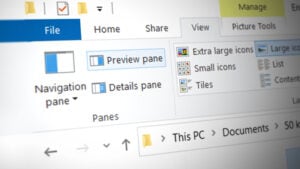
In this article, we will show you methods through which you can easily enable or disable any of the pane features in File Explorer. We have included Preview, Details, and Navigation pane options in different steps under each method. Since they all have pretty much the same starting steps; therefore, you can skip the specific pane step that you are not configuring.
Method 1: Using the File Explorer
These options are already available in File Explorer and can be accessed anytime. By default, the navigation pane will be enabled in the File Explorer. However, the Preview pane and the Details pane will not be enabled by default. You can either use the Preview pane or the Details pane. You can try and see which one you want. Follow the below steps and see how it works:
- Open the File Explorer by clicking on the File Explorer icon in Taskbar. You can also simply press the Windows + E keys together on your keyboard.
- Click on the View menu in the menu bar and click on the Preview pane icon as shown.
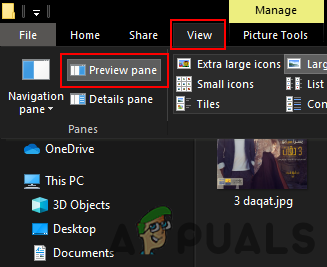
Enabling preview pane - The preview pane will appear in the File Explorer window for all the files and folders.
- You can also click on the Details pane icon under the View menu as shown.
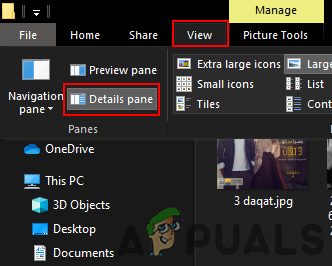
Enabling details pane - This will enable the details menu for all files and folders.
- Lastly, you can also click on the Navigate pane icon and it will show a drop-down list. Now you can click on the Navigation pane to enable it.
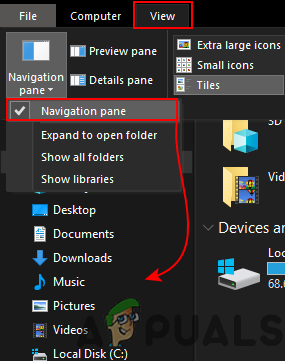
Enabling navigation pane Note: Additional options in the drop-down list are up to your needs.
- It will change the navigation pane on the left pane of the window.
- These all can be disabled by clicking on the same options again and it will uncheck or disable it.
Method 2: Using the Registry Editor
These options can also be configured in the Registry Editor menu. The values that are available for these specific options will be in binary format. These values and keys will already be available in the Registry Editor. You can also create a backup or note down the default values to use for reverting the settings. You can notice that the difference between the enabled and disabled binary value data will have only a single number difference. Follow the below steps and try to use them carefully without making any mistakes:
Note: The value for the Preview pane and the Details pane is the same and only the value data will be different.
- Open a Run command box by pressing the Windows + R keys together on your keyboard. Now, just type “regedit” in the box and press the Enter key to open the Registry Editor window. Click on the Yes button for the UAC (User Account Control) prompt dialog.
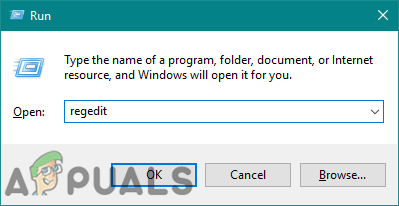
Opening the Registry Editor - Now before you configure new changes, you can also create a registry backup for safety. Click on the File menu in the menu bar and choose the Export option from the list. Provide the name, path, and click on the Save button.
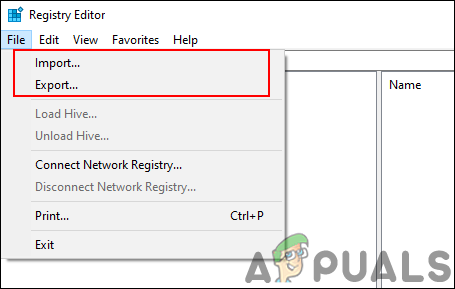
Creating a registry backup Note: You can click on the File menu and choose the Import option to restore a registry backup.
- Now in the Registry Editor window, go to the provided path:
HKEY_CURRENT_USER\Software\Microsoft\Windows\CurrentVersion\Explorer\Modules\GlobalSettings\DetailsContainer
- Now double-click on the value named “DetailsContainer” to open it. You can add different data values to either enable Preview or Details pane.
Note: If by any chance the value does not exist, you can create it by right-clicking on the right pane and choosing the New > Binary Value option.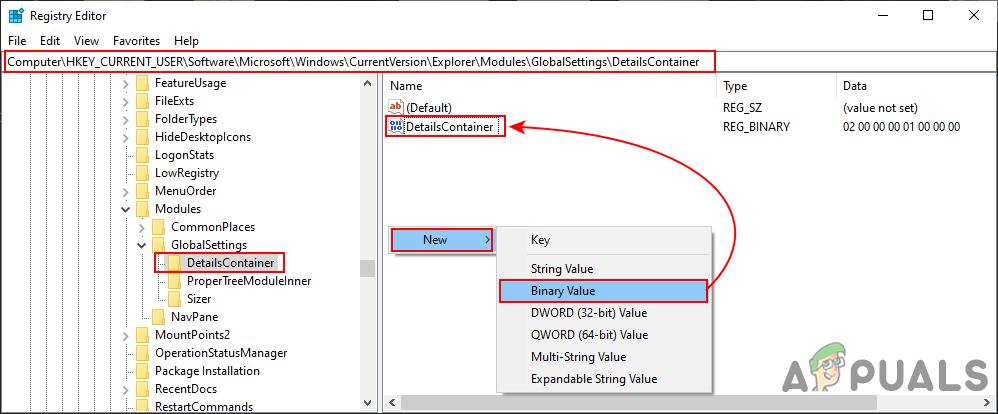
Navigating to the value - Now to add the Preview pane you need to type the following binary code in the value data.
02 00 00 00 01 00 00 00
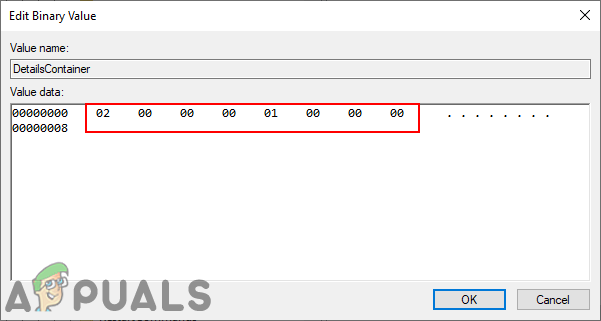
Changing the value data to enable the Preview pane - To add the Details pane in the File Explorer, you need to type the following binary code in the value data:
01 00 00 00 02 00 00 00
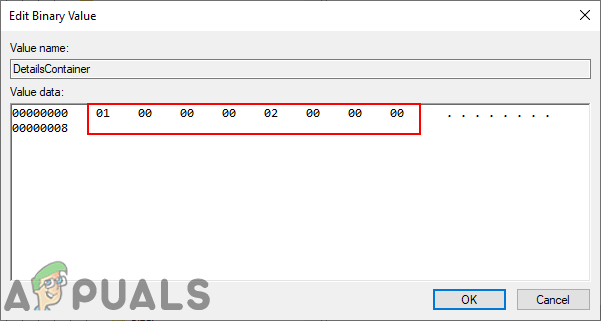
Changing the value data to enable the Details pane - You can always disable the Preview pane and Details pane by changing the value data back to the following binary value.
02 00 00 00 02 00 00 00
- For the Navigation pane, go to the following location:
HKEY_CURRENT_USER\Software\Microsoft\Windows\CurrentVersion\Explorer\Modules\GlobalSettings\Sizer
- The Navigation pane will be enabled by default. If you want to disable it, then double-click on the value named “PageSpaceControlSizer” and it will open in a dialog box.
- Now type the following binary value as shown.
c5 00 00 00 00 00 00 00 00 00 00 00 80 07 00 00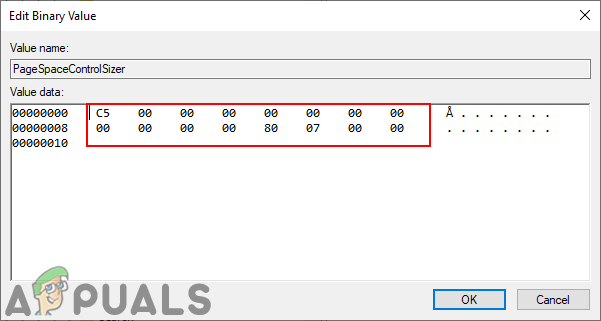
Changing the value data to disable the Navigation pane Note: If you have a bit different value then simply change the 01 to 00 from your binary value as shown.




